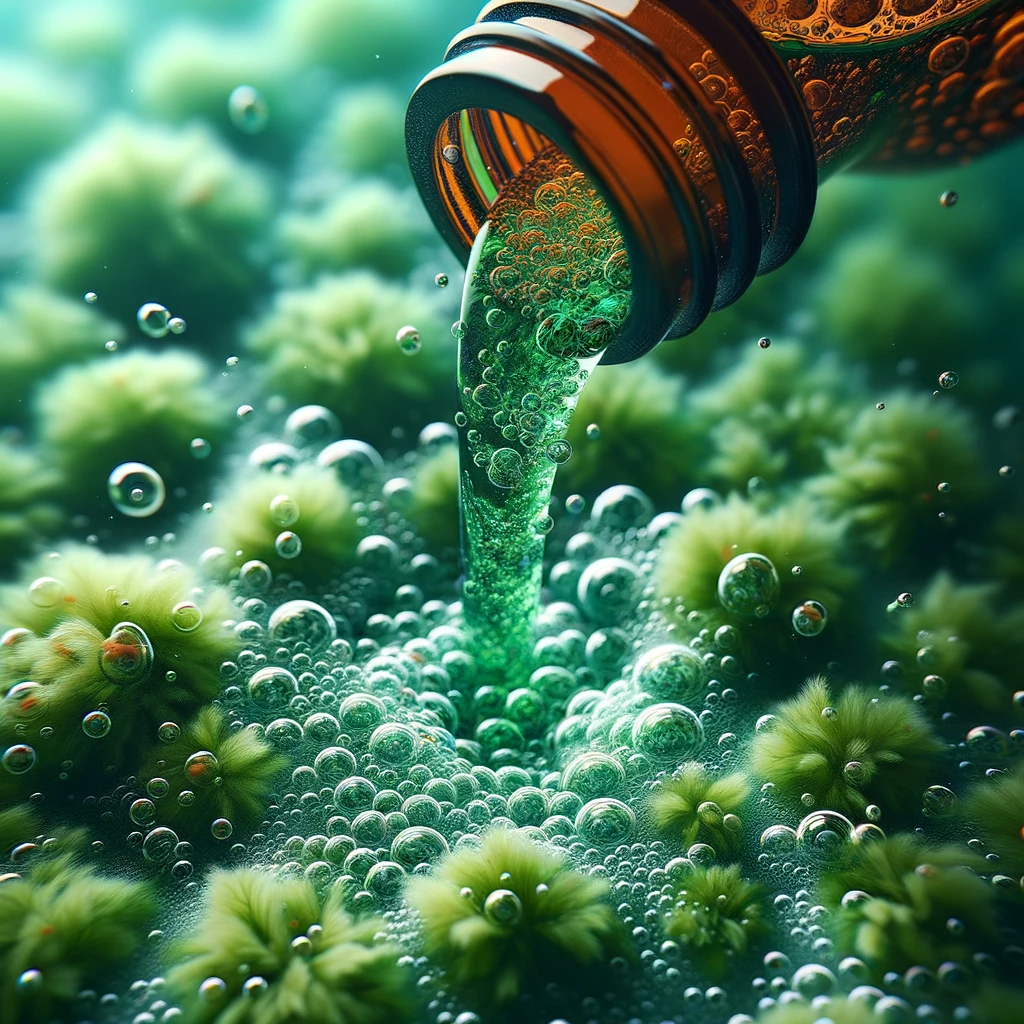As the seasons change, various types of algae will grow in the swimming pool, affecting water quality and the swimming experience. Faced with this situation, we urgently need to understand how to effectively clean different types of algae. Different types of algae have different characteristics and cleaning methods, so we need to understand how to respond in a targeted manner to ensure that the water quality of the swimming pool is clear and transparent for swimming, providing a comfortable environment.
Algae growing in swimming pools have different characteristics and require targeted cleaning methods to maintain water clarity.

1、First of all, common green algae usually float on the water and turn the water green, but their adaptability is very poor. There are some physical methods we can take to remove algae. Scrub with your hands to remove the algae from the water, then use a filtration system to remove it completely from the pool. In addition, chemicals such as polyaluminum chloride can also be used to precipitate green algae to the bottom of the pool and then be removed by underwater vacuuming with a suction machine.
Secondly, killing green algae directly is another effective method. The use of chemical disinfectants, such as chlorine or ozone, can cause damaging, lethal exposure to the algae itself. In addition, ultraviolet irradiation is also a method of changing algae cells, which can lead to algae exhaustion and eventual death. Additionally, biocides containing polyamine groups can inhibit the growth of green algae.
Finally, a simpler way is to use chemicals to kill green algae. Copper sulfate algaecide is a salt containing heavy metals, and its cations are toxic to microorganisms. Copper sulfate can poison green algae and kill it, making it a more effective treatment method.
2、Yellow algae like to grow on the wall of the pool, starting from the shallower area and showing a slight yellow color. Because it has a certain resistance to chemicals, it is necessary to ensure first-time success when cleaning; otherwise, the type of algaecide will need to be changed. Traditional copper sulfate algaecide has a good effect on zooxanthellae at pH=7.0.
3、Pink algae are composed of bacterial groups and look similar to algae. They are commonly found on the pool walls above the water level and have colored traces. Because it is between water and air, the effect of using chemicals is relatively limited, so manual methods such as brushing are a better cleaning method.
4、Blue-green algae or black algae are relatively difficult types to deal with. They usually grow in the joints of pool bricks and are in a stacked shape. They are very resistant to chlorine. To deal with black algae problems in ceramic tiles, algaecides can be used. First, adjust the chlorine content in the water to increase the chlorine concentration. At the same time, add 5 grams of algaecide per ton of water, which helps improve the purity of water quality. Black algae growing in the gaps between ceramic tiles requires manual scrubbing to speed up removal. This step helps effectively clean up the black algae and creates better conditions for subsequent treatments.
It should be noted that regular inspection of ceramic tile gaps, timely brushing, and addition of algaecide can make the water clear and bright, providing swimmers with a more comfortable swimming environment.
Whether it is green algae, blue algae, or black algae, we need to take effective cleaning measures to maintain the hygiene of the swimming pool waters. With the methods and advice presented in this article, we can face different types of algae problems with more confidence. Let us work together to clean up the swimming pool waters and create a safe and refreshing swimming resort for everyone.

 Instant
Quote
Instant
Quote Email
Us
Email
Us